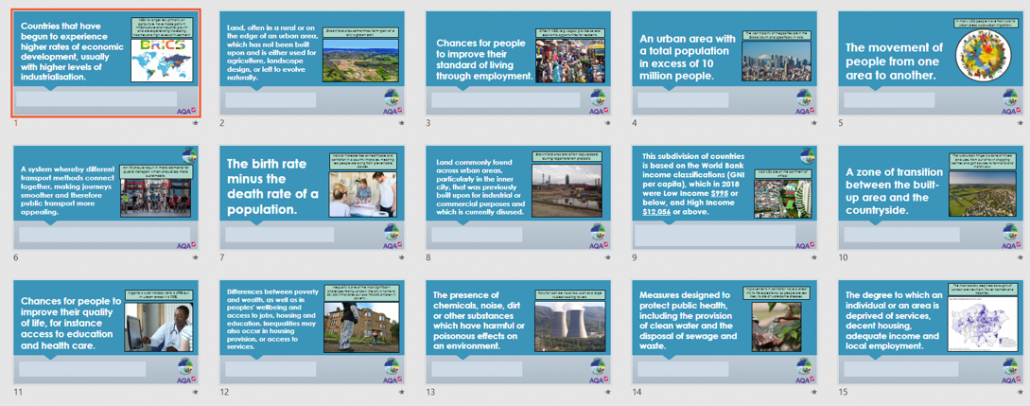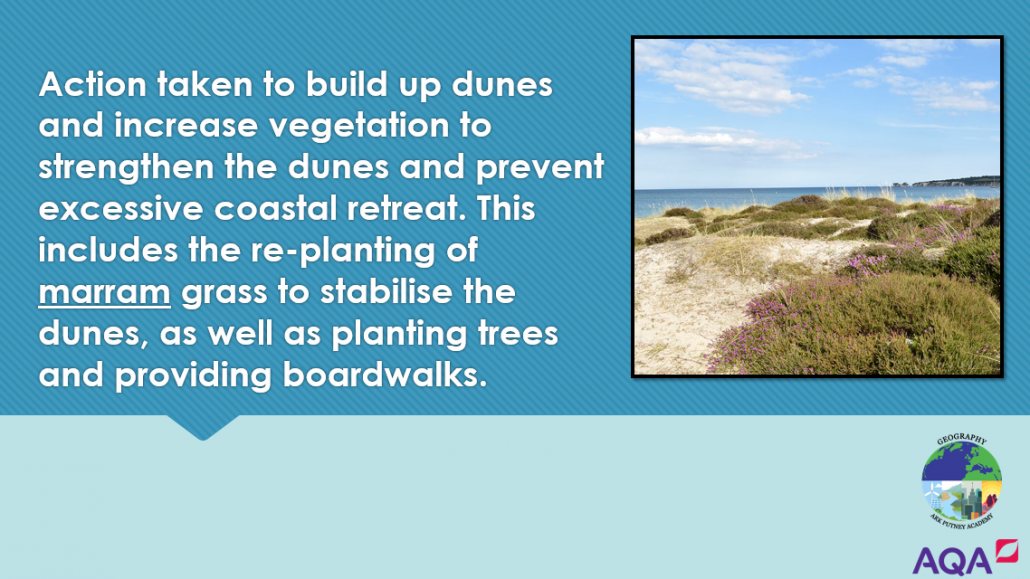Top 10 best things to do in Iceland on a budget
In this guest blog post Rayburn Tours share some great ways to spend time in Iceland on a budget. You can follow Rayburn Tours on Twitter via @RayburnEdu. Find out more about school trips to Iceland with Rayburn Tours.
Ok, it’s unlikely that a full on adventure to Iceland is going to be a cheap getaway, but this land of spectacular natural beauty has so much to offer visitors without breaking the bank. Any adventurer will be spoilt for choice with steaming hot springs, crashing waterfalls, glistening glaciers and powerful volcanoes – all of which are low-cost options.
So we’ve put together our top 10 recommendations for a school geography trip to Iceland that’ll leave your students wowed (without blowing the budget!).
1. Visit one of the local swimming pools
A nation of bathing lovers, Icelanders lap up swimming pools, hot tubs and natural springs. Often geothermally heated and surrounded by stunning scenery, make a splash on your adventure with a visit to a local swimming pool.
Whilst a visit to the Blue Lagoon is popular among tourists, there are plenty of cheaper alternatives. Whether you take a dip in one of Iceland’s oldest hot springs – the magical Secret Lagoon – or you dive into one of the many local pools, a swim is a must on any Iceland bucket list.
2. Walk along the boundary of the North American & Eurasian plates at Thingvellir
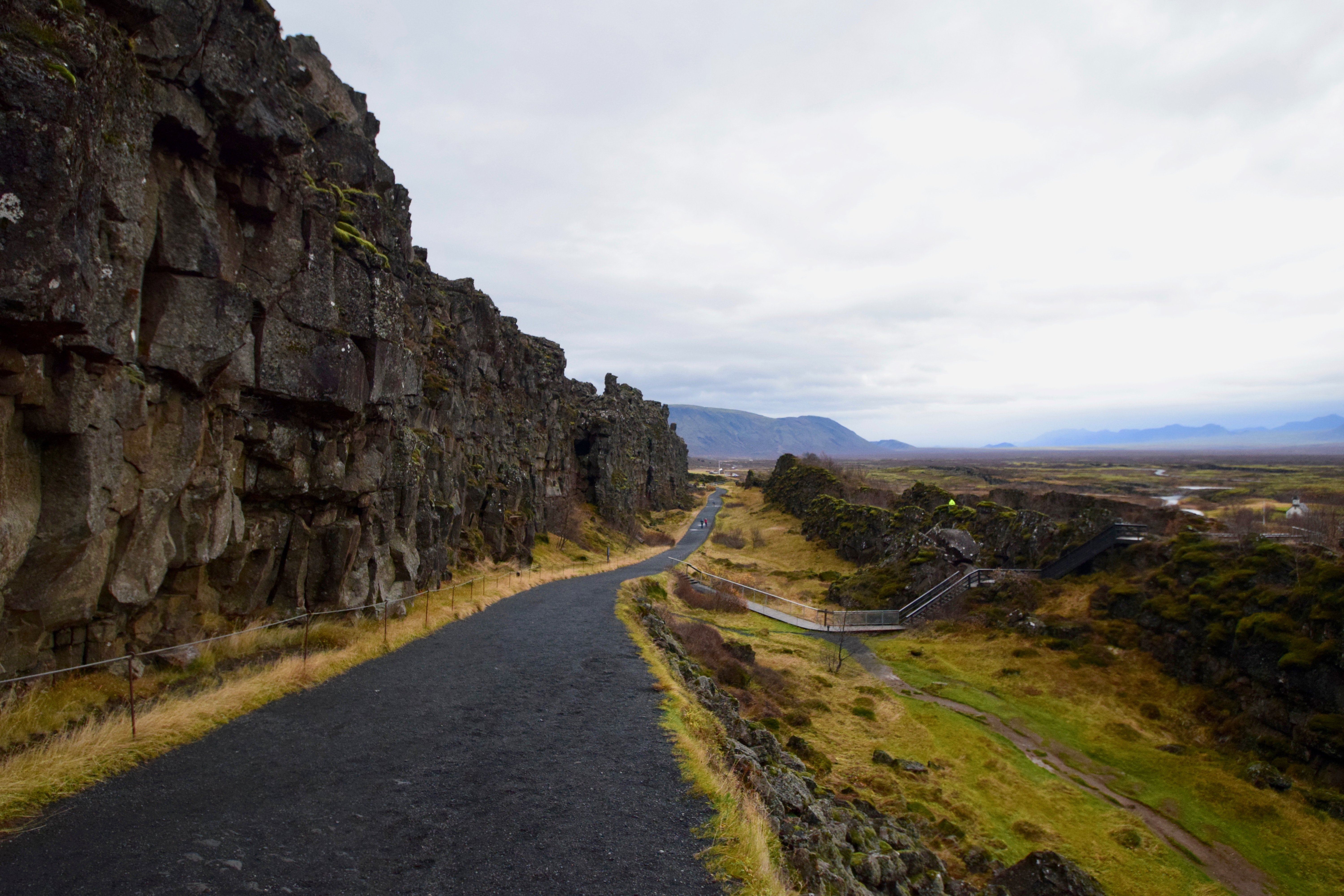
Pingvellir National Park, home to ‘The Wall’ from Game of Thrones
As one of Iceland’s most significant historical sites and part of the country’s famous Golden Circle tour, Thingvellir National Park is not to be missed. It’s one of the few places on earth where the Mid Atlantic Ridge is visible above sea level. Here you can venture between the rifts in the earth’s crust at the boundary of the Eurasian and North American tectonic plates.
3. Experience hot springs and the hot river near Hveragerdi
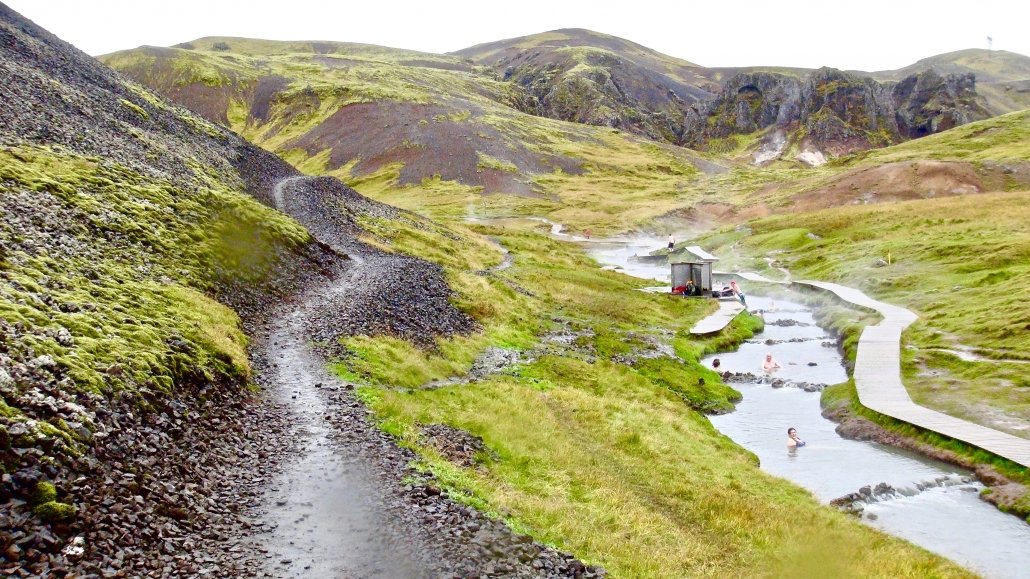
Iceland, Reykjadalur hot springs, Hveragerdi
The hot spring town of Hveragerði boasts an active geothermal area right in the centre of town. Whether you choose to take a dip in the hot river, or boil eggs and bake bread in the hot springs, there’s something to keep everyone entertained. Take a hike along one of the many walking trails and admire the surreal landscape, where white plumes of water vapour surge up into the sky from the surrounding hills.
4. Witness glaciers before they disappear
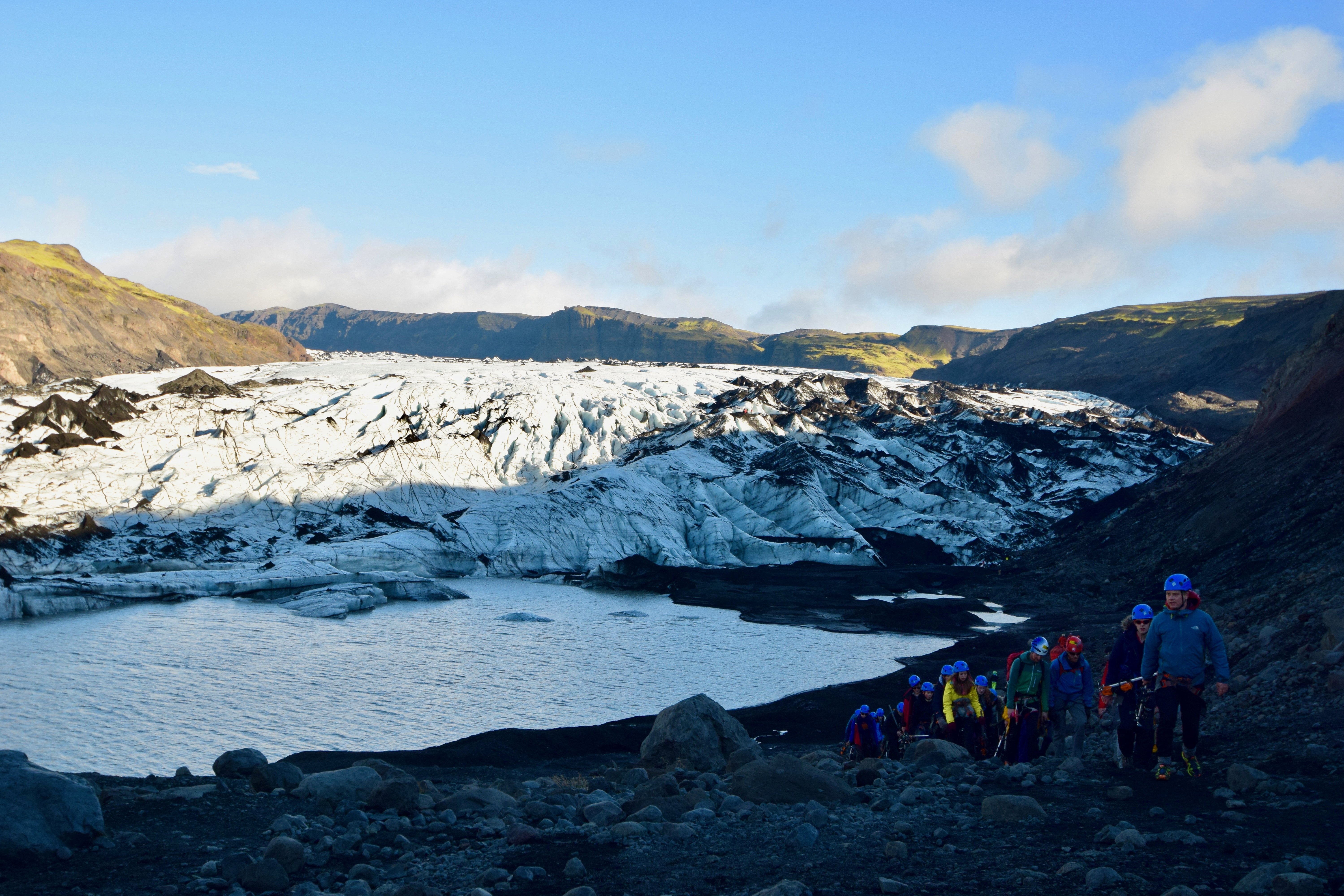
Sólheimajökull Glacier
Iceland’s glaciers are a sight to behold and with the loss of the country’s first glacier – Okjökull– earlier this year, witnessing one of the remaining rivers of ice is all the more meaningful. With approximately 11% of the country’s landscape covered by ice caps, the remaining retreating glaciers bring home the effects of climate change and the importance of preserving these rivers of ice.
Whether you witness Iceland’s largest glacier, the mighty Vatnajökull, Snæfellsjökull or Langjökull, your students are certain to be blown away by the natural beauty.
5. Don’t Do go chasing waterfalls!
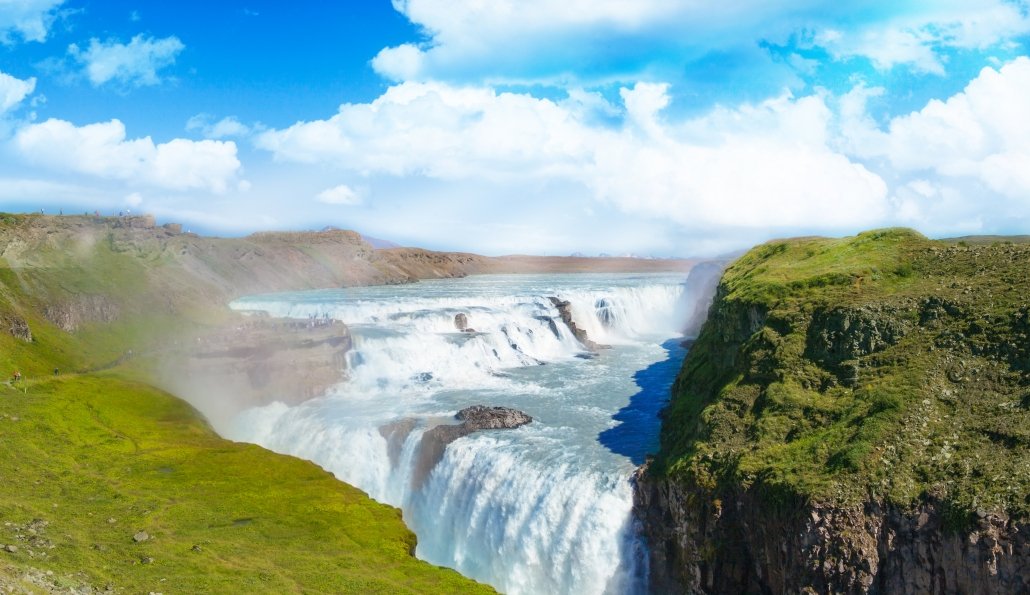
Gulfoss waterfall
If you’re wowed by water then Iceland’s numerous crashing falls are sure to impress. What’s even more thrilling is that glacial runoff is continually causing new waterfalls to form! Iceland has many striking splendours to enjoy, but some of our favourites are Gullfoss, Seljalandsfoss and Skógafoss. For those looking to venture off the beaten track, the lesser known Gluggafoss, Faxafoss, Urridafoss will hit the spot.
6. Spend time exploring Reykjavik
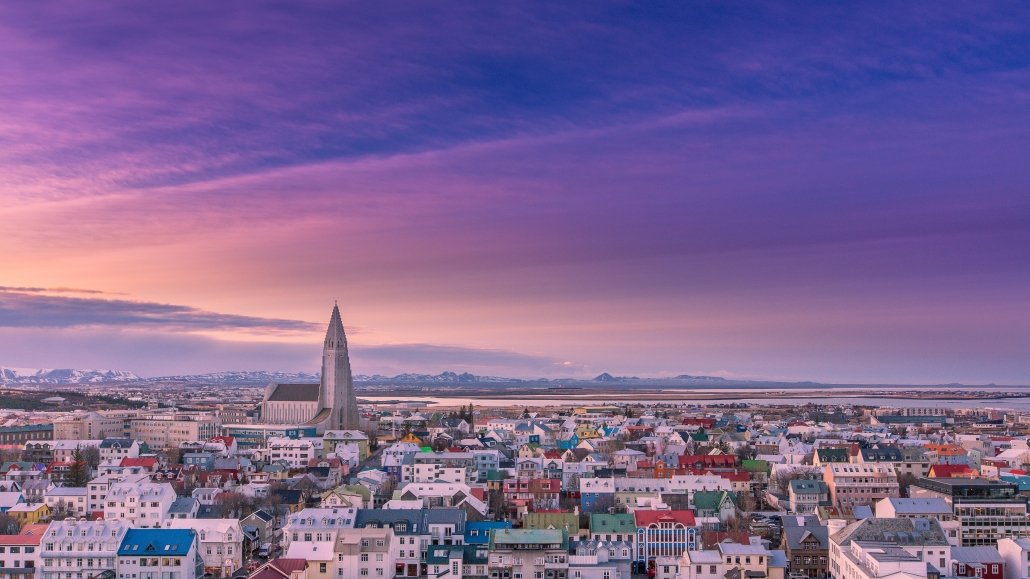
Reykjavik
As the world’s most northerly capital city, artsy Reykjavik is the perfect place to take some time out to explore. Meander along the streets; taking in the colourful buildings and contrasting architecture, before looking out across the rugged hills.
Whether you join a free walking tour of the city, head up to the top of the Hallgrímskirkja for stunning city views or take a boat ride from the harbour, there’s plenty to experience in this coastal city.
7. Behold Geysir erupting
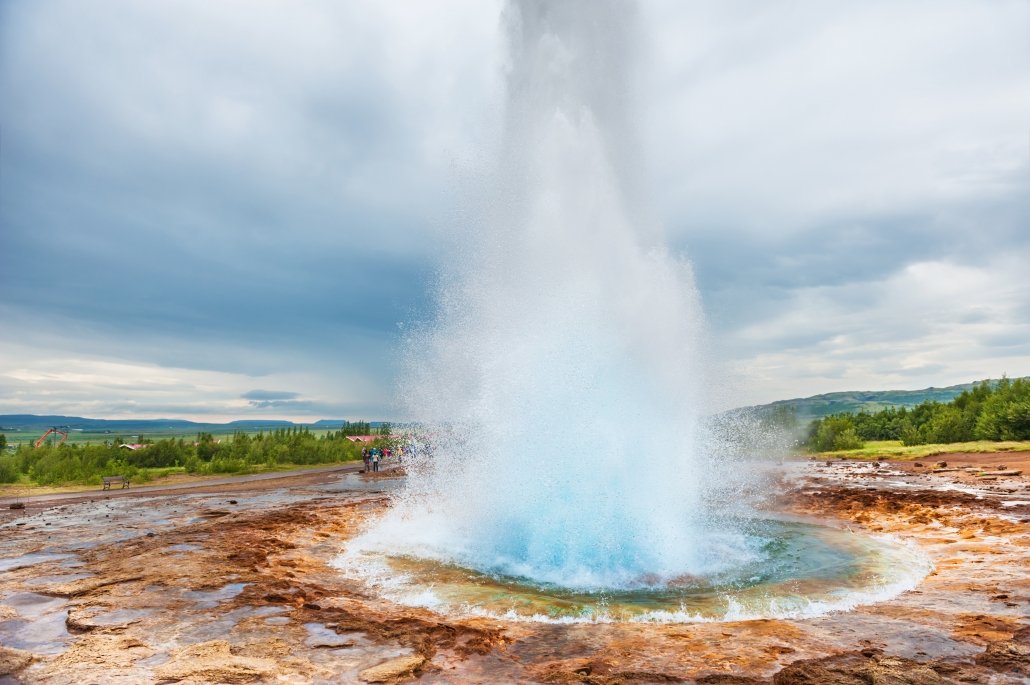
Eruption of Strokkur Geysir, Golden circle route in Iceland
As one of the visits on the Golden Circle tour, Geysir Geothermal Area is one of Iceland’s most famous tourist attractions and it’s easy to see why. No visit to Iceland would be complete without witnessing (and maybe even taking a boomerang of) Strokkur Geysir shooting boiling water tens of metres high into the air.
Home to various other hot springs, bubbling mud pools and lively eruptions, you’ll also find the original geyser, ‘Great Geysir’. Although Great Geysir’s eruptions are rare, it can eject steam up to 80 metres in the air.
8. Find out about the eruption of Eyjafjallajokull and Iceland’s other volcanoes
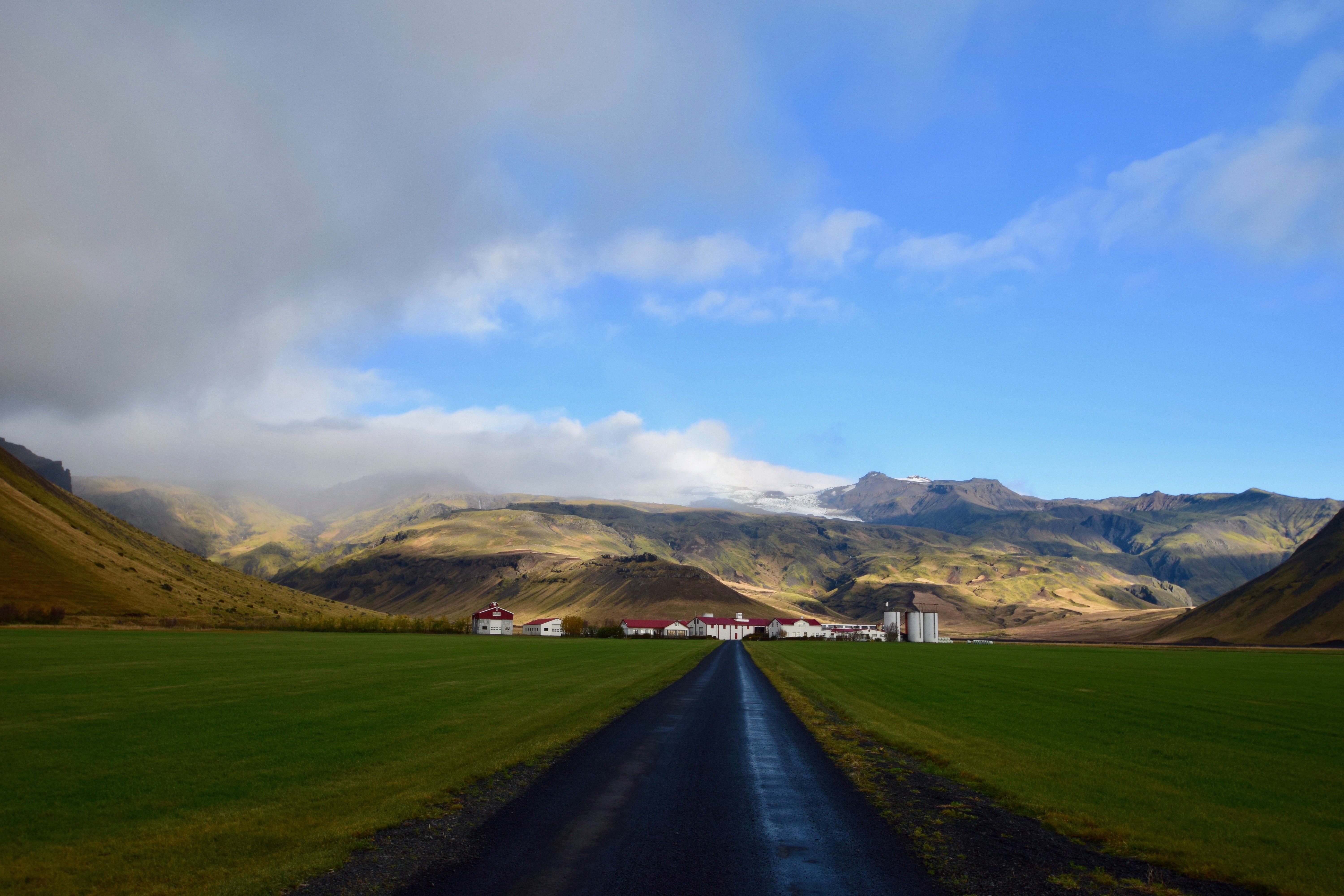
Eyjafjallajökull
Iceland is well-known for its explosive volcanoes and the Katla Centre, overlooked by Eyjafjallajokull, is the perfect place to get all fired up about these explosive formations. Focusing on the Katla volcano which sits under Mýrdalsjökull glacier, you’ll examine the different types of ash and volcanic rocks and learn about the significant impact the volcanic activity has had on the area.
9. Sample some local delicacies

Showcase of different ice cream in metal tubs, closeup
Whilst visitors to Iceland may find whale and shark a little bit fishy (in every sense), there are other local favourites that are definitely worth a try. Icelanders are particularly proud of their hot dogs and ice cream – certain to get your students vote.
10. Take the ferry to Heimaey
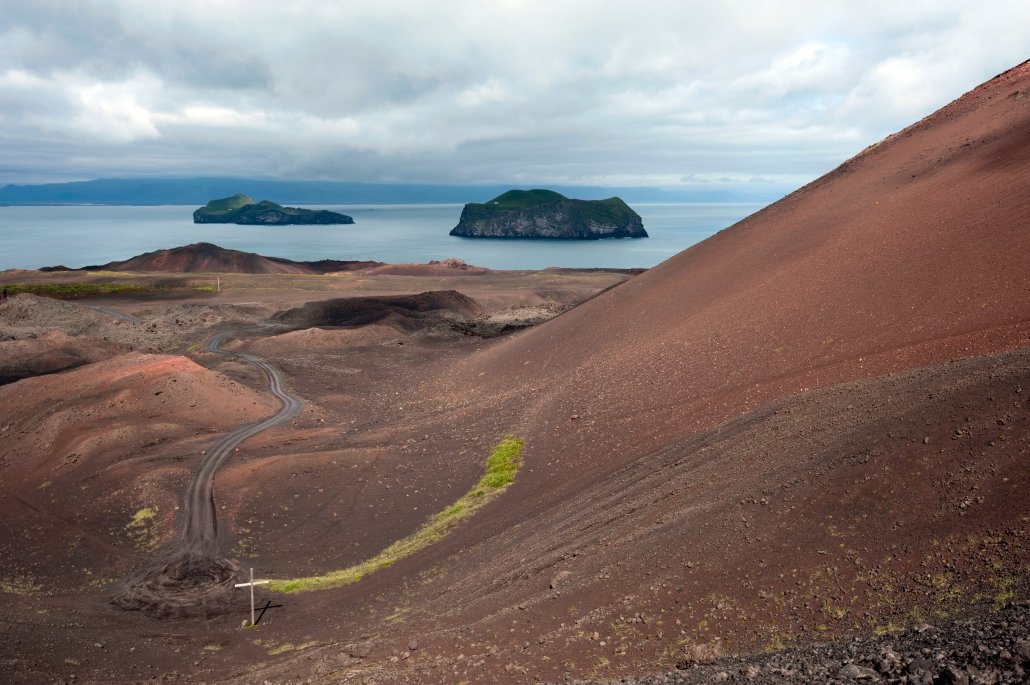
The view from Eldfell volcano on Heimaey island, Iceland
All aboard for a visit to Heimaey! The largest and only inhabited island of the Westman Isles is only a 35-minute ferry ride from mainland Iceland. Island life was transformed following a major fissure eruption in 1973, and nowadays visitors can appreciate the devestating impacts by walking across the recently formed lava fields and climbing the newly formed Eldfell volcano.
The interactive Eldheimar Museum, built around one of the homes uncovered from the ash, tells the story of the eruption and includes an exhibition on the Surtsey eruption – the island that emerged from the ocean in 1963.
Find out more about school trips to Iceland with Rayburn Tours

